Revolutionizing Industries: The Rise of Robots
In the rapidly evolving landscape of technological innovation, robotics is emerging as a transformative force, reshaping the way we understand and interact with the world. From assembly lines in manufacturing to surgical procedures in healthcare, robots have transcended their imaginative imaginations to become essential contributors to various industries. This article explores the development, applications, and future possibilities of robotics in our ever-changing world.
The evolution of robotics: The beginnings of robotics can be traced back to ancient civilizations, where robotic devices were designed for various purposes. However, the development of modern robots took place in the mid-twentieth century. Pioneers such as Isaac Asimov and Alan Turing laid the conceptual foundations, and the first industrial robot, Unimat, was introduced in the early 1960s, marking the beginning of a new era.
Main components of robots:
Mechanical structure:
The actual structure of the robot, including joints, limbs, and final means of action, is crucial to its functionality. The design changes based on the intended application, whether for precise assembly or flexible mobility.
Sensors and perception:
The robot relies on sensors such as cameras, lidar, and touch sensors to sense the environment. Advanced sensor technologies enable robots to adapt to changing conditions, detect obstacles, and interact with the surrounding environment.
Engines and motors:
Providing the energy necessary for the robot’s movement and functions. Whether it’s precision in a robot arm or navigation in a robot on wheels, the efficiency of actuators is crucial.
Control systems:
Control systems are the brain of a robot, interpreting data from sensors and coordinating motor movements. Modern robots often use complex algorithms and artificial intelligence to enhance decision-making and autonomy.
Applications in various industries:
Manufacturing and industry:
The manufacturing sector has been revolutionized by robots. Automated assembly lines, industrial arms and industrial robots handle tasks from welding to packaging, improving efficiency, accuracy and safety in production processes.
health care:
Robots have found an important role in healthcare, assisting in surgeries, recovery operations and patient care. Surgical robots offer improved precision for doctors, and robotic exoskeletons help rehabilitate patients with mobility difficulties.
Agriculture:
Agricultural robots, equipped with sensors and artificial intelligence, are transforming farming practices. She can grow cultures, monitor crops
Tag:AI



